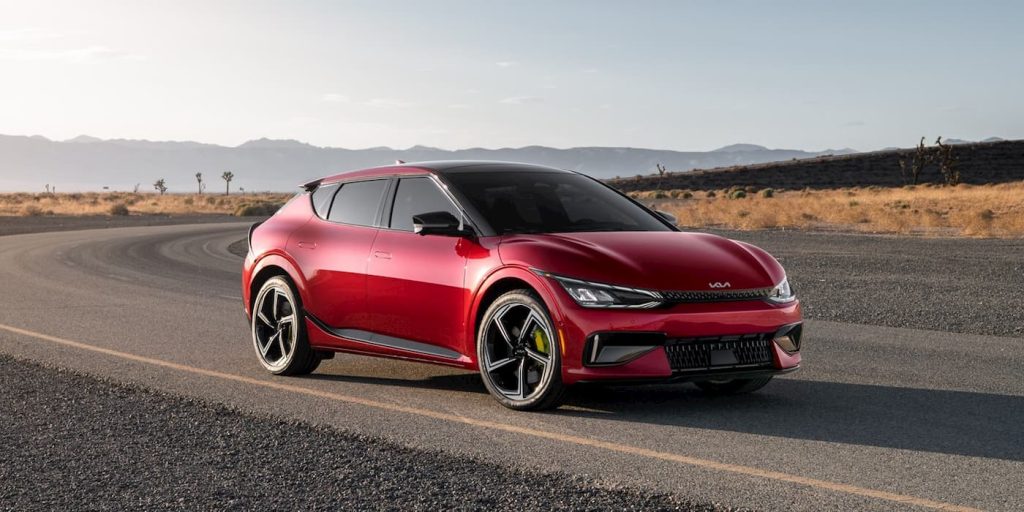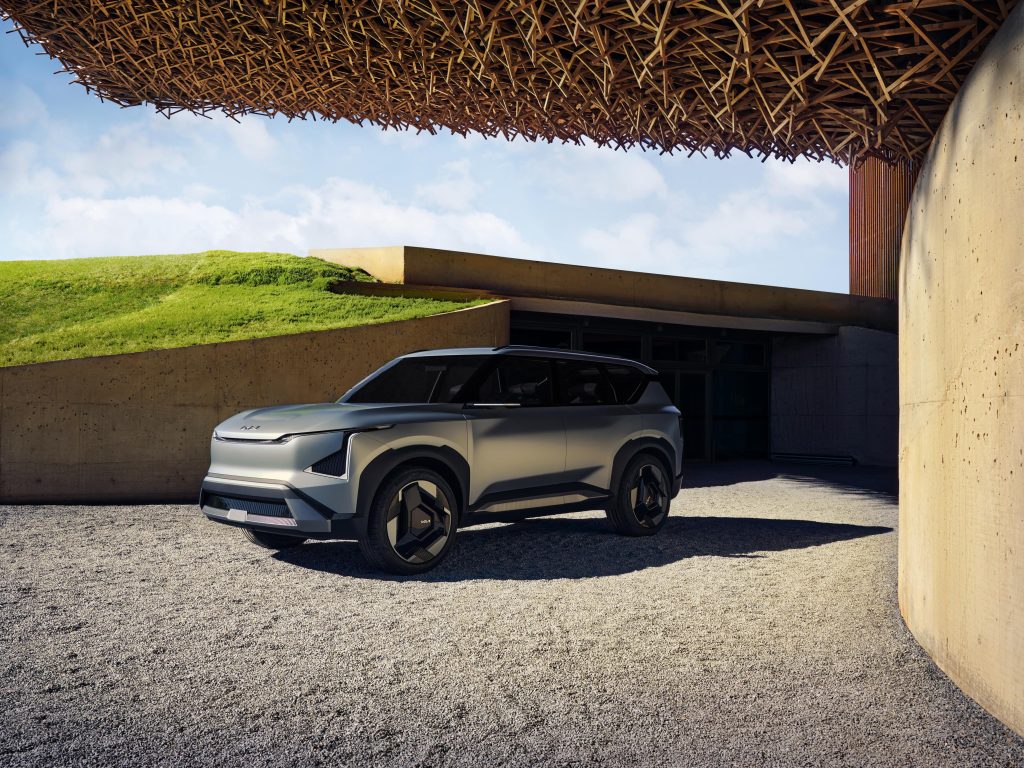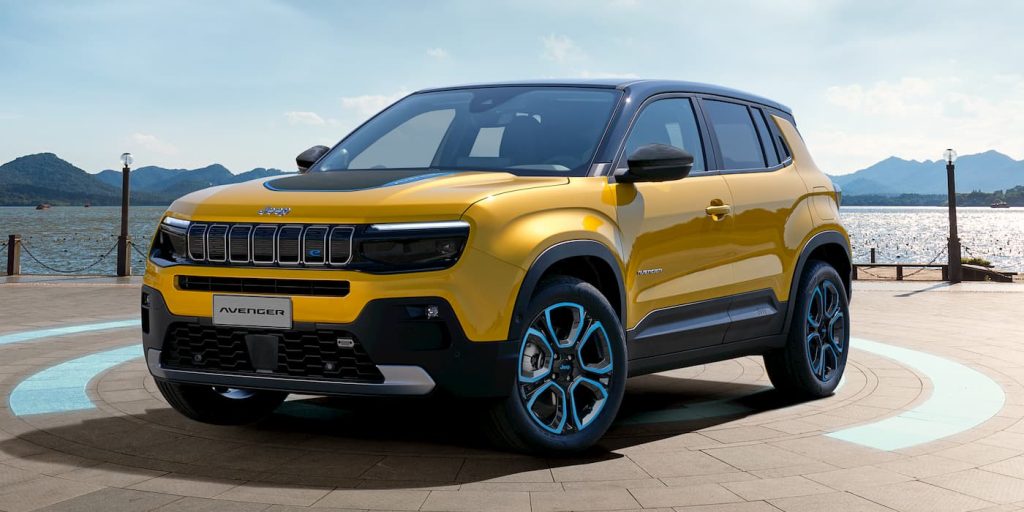Electricity customers of Eversource and United Illuminating have good news and bad news this summer, with an overall decline in prices but not as large as we might have expected.
You can check out where your bill is headed here, and below in this column, with our handy-dandy electric rate calculator.
The widely discussed and keenly felt spike in supply rates we saw on Jan. 1 is coming down as of July 1, as we knew would happen. That’s the portion of the bill that reflects the power the utilities buy from outside generators, to be delivered to us.
Supply rates, aka generation rates, which the utilities set every six months, roughly doubled in the January-to-June period for UI and Eversource. That shock was brought on by the usual wintertime shortage of natural gas to fire up power plants; the war in Ukraine, which upset global markets; and not least, global energy companies using inflation as an excuse to grab huge profits at our expense.
The bad news: Supply rates in the July-to-December period are still not back where they were a year ago for customers of either company.
And there’s other bad news, too. Delivery rates, the portion of the bill that covers operations at the utilities plus special charges, are rising as of July 1. The result: All costs included, the decline from what we’re paying in the spring is not so big – about 22 percent for Eversource customers and about 11 percent for folks in the UI territory.
It’s a disappointment considering we had reason to hope the spike for the first half of 2023 was just that, a spike that would come back down. Overall rates shot up on Jan. 1 by about 29 percent for a typical UI customer and 41 percent at Eversource.
Why the increase in delivery charges? It’s related to a credit we had coming, and when we received it.
Back in December, state officials decided to move up a credit due to customers, related to the Millstone nuclear power station. That move lowered delivery rates, easing the crunch of the January price shock.
But now the credit has been spent and we don’t have it, exactly at the time of year when we’re likely to use more juice to air condition our houses and apartments.
Let’s forget the spike for a minute and compare prices to what we were paying a year ago. As of July 1, UI customers will pay about 15 percent more than they did in the second half of 2022 and Eversource bills are up by about 9.5 percent. Prices in the second half of 2023 could fall slightly further, based on one more adjustment that’s coming this summer, retroactive to July 1.
These rates apply to the majority of households that subscribe to the “standard offer” rates from the utilities. If you use a third-party supplier for generation, you might pay more or less – but you will still have to pay the higher delivery charges because there’s no opting out of those.
Summertime usage rises by an average of 35 percent for air conditioning, said Consumer Counsel Claire Coleman, head of the state office that advocates for customers. “As a result, some consumers could even see a potential increase over the amount they are currently paying. We encourage consumers to continue to make every effort to reduce bills through energy conservation and efficiency measures,” she said.
The long-term view
Looking ahead, Eversource and UI both issued statements saying they’re pleased customers will see lower generation rates starting in July; the utilities don’t make or lose money on generation, they only pass it along. But upward price pressures aren’t going away, both utilities said.
“Unfortunately, the energy market is still volatile and international factors continue to affect the cost of natural gas, so our customers should expect energy costs to go up again in the winter. Beyond that, we don’t know what future energy markets will look like,” Eversource spokesman Mitch Gross said.
“Our region continues to be at the mercy of a New England energy market that faces significant issues, including a lack of sufficient resources and an over-reliance on natural gas and global fossil fuel markets,” Frank Reynolds, CEO of UI, a unit of Avangrid, which is based in Orange.
“The underlying issues that drove this winter’s exorbitant price increases remain unaddressed, and we will continue to call for accountability and reform until the market delivers the stable, affordable pricing and reliability our customers deserve,” Reynolds added.
UI has a rate case underway now before the Public Utilities Regulatory Authority, or PURA, in which the company is seeking an increase that would amount to about $10 a month for average household customers – but that won’t affect bills this summer. “It is critical that we continue to invest in the grid and update the system so that we can continue to deliver power on blue-sky days and in times of emergency,” Reynolds said.
On the policy front, Connecticut is moving toward delivery rates that are partly tied to performance by the utilities, driven by Marissa Gillett, the PURA chair, along with Gov. Ned Lamont and lawmakers. We’re at least a year away from seeing how that might affect bills.
Eversource profits topped $1.4 billion in 2022 across its electricity, natural gas and water businesses in Connecticut, Massachusetts and New Hampshire. Electric rates for generation, based on contracts the utilities buy from outside suppliers, spiked in January, 2023 but are coming down in July, 2023.
Brian A. Pounds/Hearst Connecticut Media“I’d like to think we’re going to make some progress on managing the actual underlying distribution rates that both utilities charge,” said Sen. Norm Needleman, D-Essex, chairman of the Energy and Technology Committee in the legislature. “It will certainly make ratemaking more transparent, that’s the hope.”
UI and Eversource both offer plans with varying rates by time of day, a little-known program that can help customers who use most of their juice at night.
And everyone in the business urges customers to look for ways to save energy and money by perusing www.EnergizeCT.com website.
dhaar@hearstmediact.com
"electric" - Google News
July 01, 2023 at 03:13AM
https://ift.tt/UzYZNbO
Eversource and UI electricity price drop in CT less than expected - CT Insider
"electric" - Google News
https://ift.tt/tfGjQ53
https://ift.tt/4AYep5B


:format(webp)/cdn.vox-cdn.com/uploads/chorus_asset/file/24747399/1461702419.jpg)












